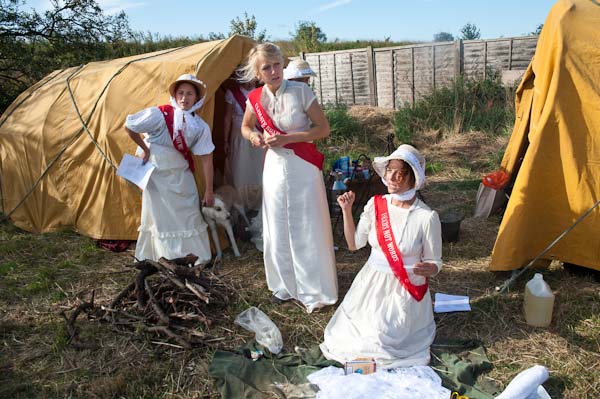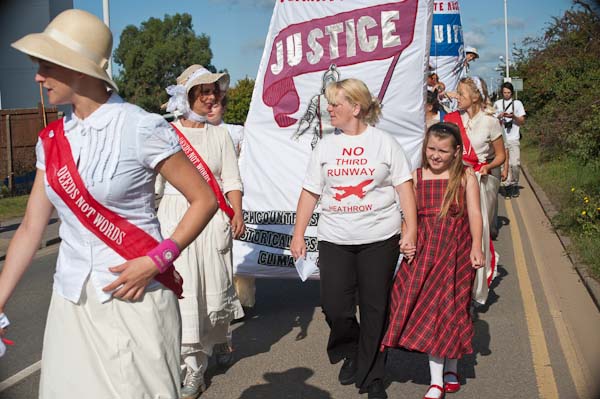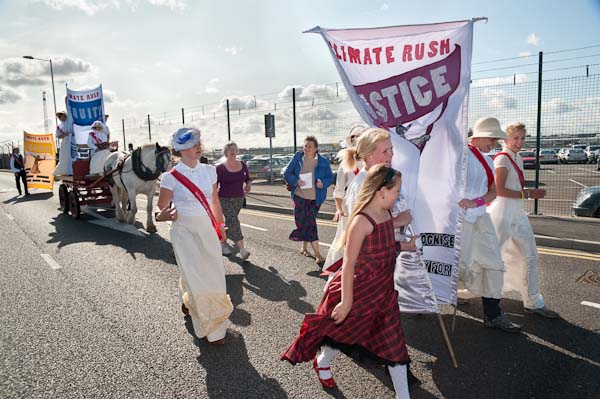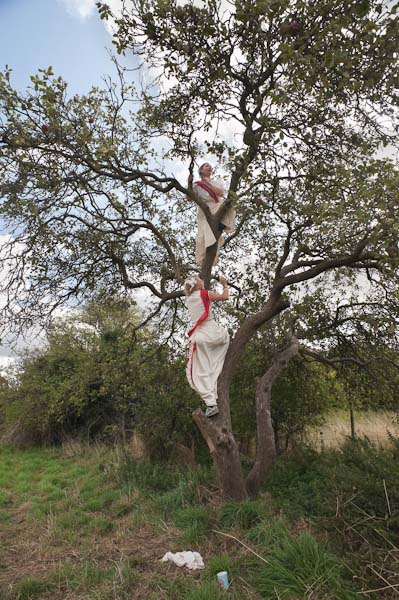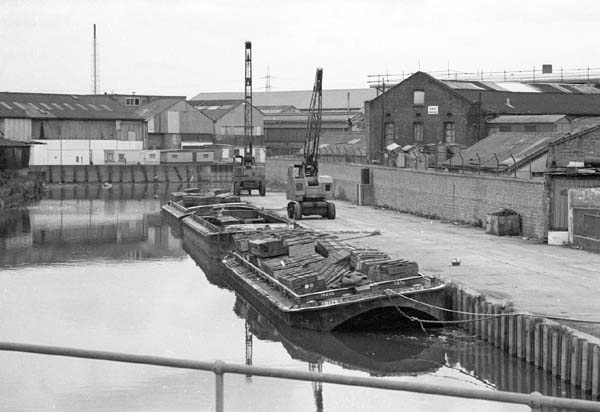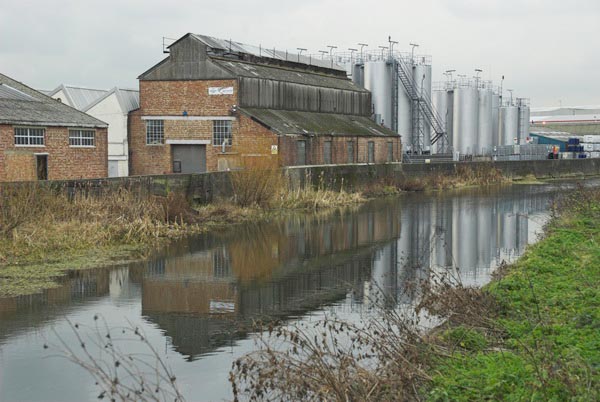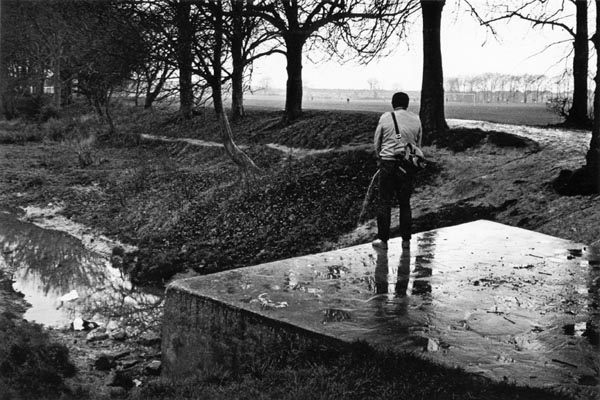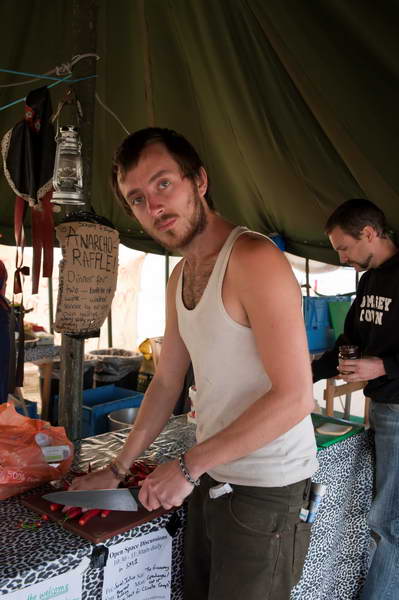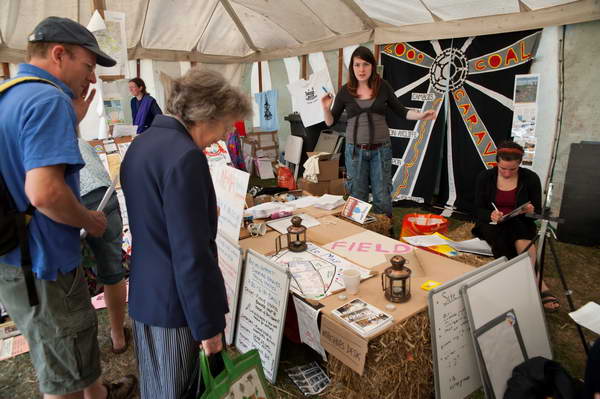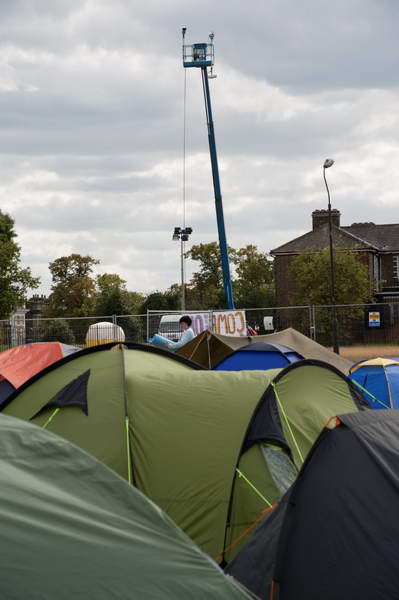Somewhere on line recently – and I can’t remember where – I came across a note about the list by Lindsay Adler published on PopPhoto in June, “26 Books Every Photographer Should Own.”
It could be where I’ve been going wrong all these years, because I only have about five of them. ‘About’ because the first three on the list are Ansel Adams‘s ‘The Camera‘, ‘The Negative’ and ‘The Print‘, and I only have the older versions of two of these before they were somewhat ‘dumbed down’ and brought up to date for the 1970s in 1981. Given the somewhat dramatic changes in technology over the last 30 years I’d hesitate to recommend any of them now, although some of what Adams has to say about printmaking remains relevant in this digital age – and he probably said it better in the 1968 edition.
Perhaps the only book of those listed I would personally recommend would be Beaumont Newhall’s ‘The History of Photography’. My copy fell to bits through years of use in the classroom and is now in loose-leaf random format, though hardly any the worse for that. I think there are other histories which cover considerably more or give a different perspective, but Newhall for all his faults was a better writer than most (and perhaps Nancy helped.) Several of the more modern histories have their strong points, and if I pick Naomi Rosemblum‘s ‘A World History of Photography‘ it would partly be for its attempt to be more inclusive, but more because I so much enjoyed spending some time with her and her daughter at a Polish photo festival a couple of years ago.
As to the rest, it’s hard to agree with any of the choices, though I do have books by several of the photographers included – such as Henri Cartier-Bresson, Robert Capa, Eugene Smith – and those suggested are not bad. I also have books by or about another half dozen of the photographers listed, but wouldn’t consider them essential. If their work appeals, then buy them.
Unlike Adler, I don’t feel any need to recommend volumes currently in print where better older publications are still available at reasonable price. Of course some out of print photographic books now sell for silly prices, although it is sometimes worth remembering that first editions were sometimes improved on in later publications.
The only other actual book on the list I own is Susan Sontag’s On Photography. It made a good TV programme, and if that is available it would be worth seeing, but perhaps there are other writers about photography that deserve greater attention.
Of course, any list is bound to be to some extent a personal one. I’ve never been a great fan of either Avedon or Penn, and probably wouldn’t include either in my 26 essentials (and certainly not Annie Leibovitz, Helmut Newton and several others that Adler mentions.)
Among various glaring omissions from any list of ‘must haves’, I’d begin with what are for me beyond argument the two most influential photo books of the twentieth century, Walker Evans: ‘American Photographs‘ and Robert Frank: ‘The Americans’, both reprinted various times.
John Szarkowski wrote a several interesting books and catalogues which could qualify, for example ‘The Photographer’s Eye‘, in some ways the best introduction to photographic grammar, but for me the absolute gem in his output and in some respects my favourite photographic book, is his ‘Looking at Photographs.’
I’d also include something by Cartier-Bresson, though I wouldn’t know which to recommend from those currently available. Given that the 1968 ‘The World of Henri Cartier Bresson‘ is still available second-hand at reasonable prices (at least from the USA) I might still go for that.
Another French photographer my shelves would feel empty without is Atget. Which of the many books available new or second-hand depends rather on the depth of your pocket. The four volume set from MoMA on my bookshelves is now terribly expensive, but perhaps better than the many considerably cheaper volumes.
I’d also include Bill Brandt in my essential collection, probably his ‘Shadow of Light‘. The 1976/7 edition is still reasonably cheap. Another European photographer I’d like to include is Josef Sudek, and the 1990 ‘Poet of Prague‘ is a good choice, though I prefer Sonja Bullaty‘s 1978 ‘Sudek.’
Back to the USA, I’d have to include something by both Freidlander and Winogrand. It may suprise some that I’d also add Nan Goldin‘s ‘The Ballad of Sexual Dependency‘ (though it’s better seen as a slide show.)
Personally there are certainly other works I wouldn’t like to be without, but I think after a few essentials it becomes very much a matter of your interests. It’s a list you can complete yourself – and I’d welcome any suggestions. I’m sure that as soon as I publish this and go to make myself a coffee I’ll think of volumes that I really should have included.
